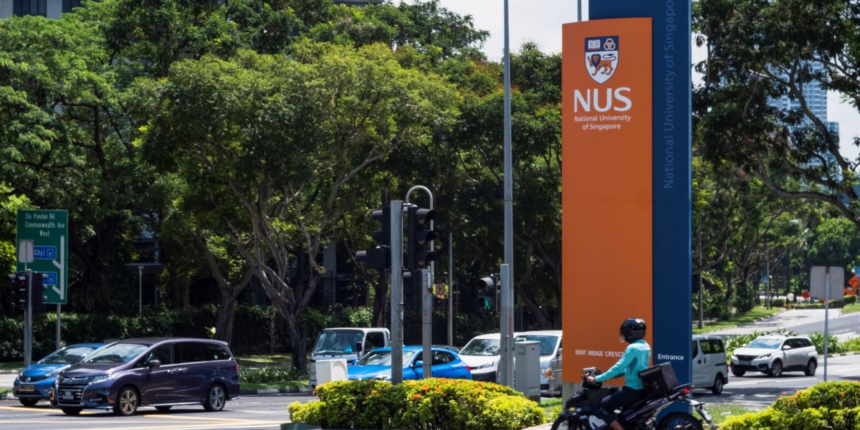The next time you walk through UTown, the green hub at the heart of the National University of Singapore’s campus, you’ll be greeted by an unusual sight: groups of tourists, led by student docents, posing for photos at university landmarks.
Tourists have long flocked to Western universities, like Oxford and Cambridge in the UK, or Harvard and Yale in the U.S. But visitors are now adding Asian campuses to their itineraries.
The trend first started to emerge in early 2024, when groups of Chinese tourists began to show up on university campuses in destinations like Hong Kong and Singapore.
It’s part of a growing interest in Asian universities among Chinese families. China is the world’s largest source of international students, with more than one million students going overseas in 2023, according to UNESCO.
Chinese students are instead considering other destinations in east and southeast Asia. South Korea, Hong Kong and Malaysia reported 17%, 82% and 273% growth, respectively, in enrolment rates of students from mainland China in the half-decade since 2018.
More attention means more visitors. A focus on education in Asia “causes parents to prioritize bringing their young children to see the university of their choice, and promote their aspirations to attend university,” says Gerard Postiglione, an emeritus professor at HKU’s education faculty.
“For these families, visits to a university with their children is not just a tourist event. It is a cultural event, akin to visiting a museum but also aspirational.”
Chinese tourists are also visiting campuses in South Korea, like Ewha Women’s University in Seoul, Jung Jisun, an associate professor from HKU, points out. “Tourists are attracted by their campus landscapes and the surrounding neighborhood, which features Korean youth culture.”
In the case of HKU, the city’s oldest university, Jung suggests that tourists are drawn to its heritage buildings, reminiscent of British colonial architecture. Such buildings have been hit on Xiaohongshu, the Chinese social media app that’s become popular with sightseeing Chinese tourists.
Campuses have taken varied stances on how to manage visitors.
While these measures have helped to control visitor flow, some academics, like Jung, are worried that they may go too far in limiting access to public spaces on campus.
“I am concerned about the role of public universities and their relationship with the local community,” she says. “Public universities are intended to be open spaces for the public, as they are operated with local taxpayers’ money—and people should have access to the campus and feel connected to the university.”









